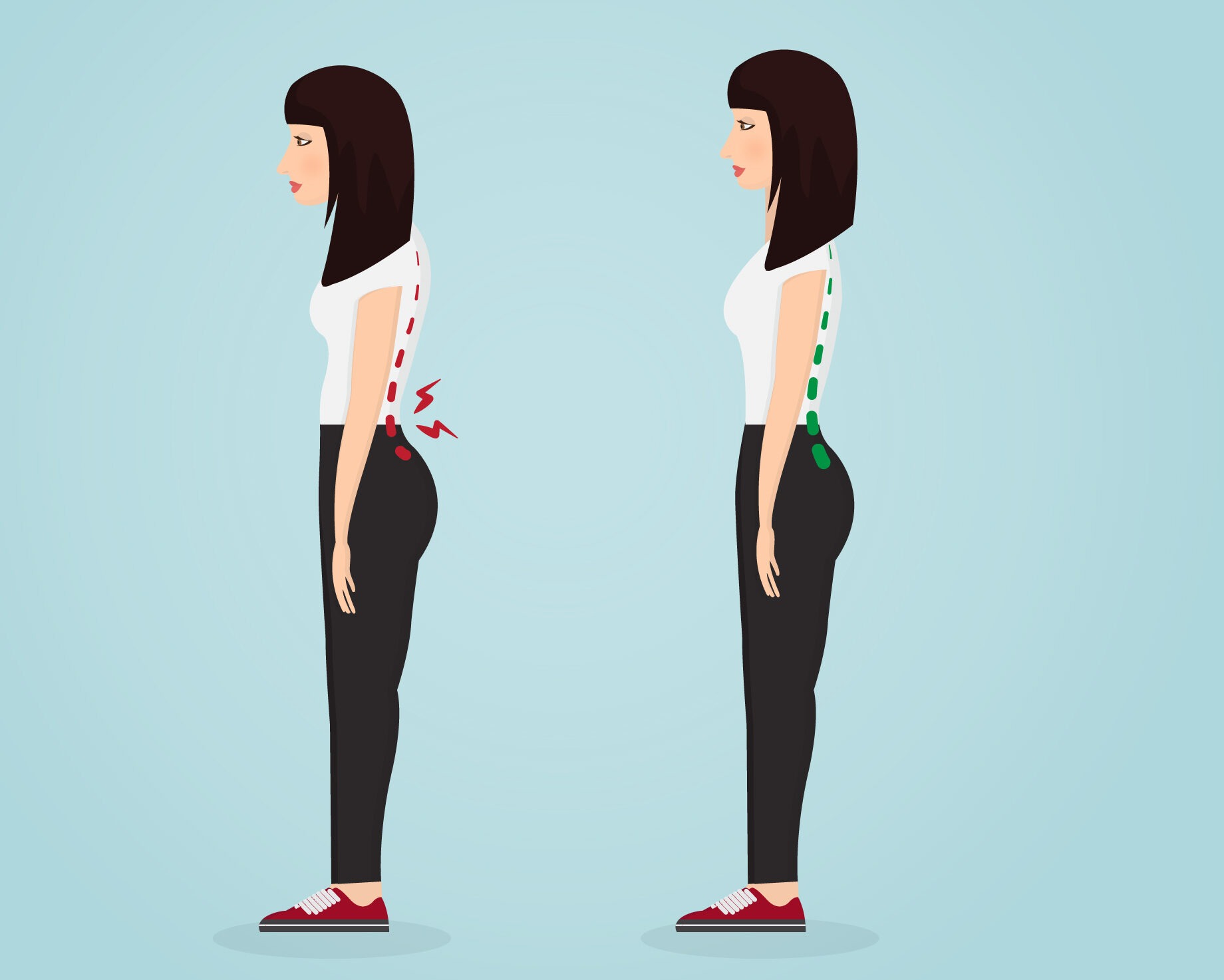Orthopedic surgery can be a daunting experience, but the right post-operative care can significantly enhance your recovery. One of the most effective ways to accelerate healing and regain your strength is through physiotherapy. This guide delves into how physiotherapy can aid your recovery journey and offers practical tips to maximize its benefits.
Understanding Orthopedic Surgery
Orthopedic surgery encompasses a range of procedures aimed at correcting issues related to the musculoskeletal system, including joints, bones, ligaments, tendons, and muscles. Common orthopedic surgeries include joint replacements (such as hip and knee), arthroscopy, spine surgery, and fracture repair.
The primary goals of these surgeries are to alleviate pain, restore function, and improve the quality of life. However, successful recovery requires a comprehensive rehabilitation plan, and physiotherapy plays a crucial role in this process.
The Role of Physiotherapy in Orthopedic Recovery
Physiotherapy, also known as physical therapy, involves the use of specific exercises, manual therapy, education, and modalities to promote healing, reduce pain, and restore function. Here’s how physiotherapy can accelerate your recovery:
1. Pain Management:
Physiotherapists use various techniques such as ice, heat, ultrasound, and electrical stimulation to manage post-surgical pain and swelling, making you more comfortable and better able to participate in rehabilitation exercises.
2. Restoring Mobility:
After surgery, stiffness and reduced range of motion are common. Through guided exercises and stretching routines, physiotherapy helps to restore mobility in the affected joints and muscles.
3. Strengthening Muscles:
Surgery often leads to muscle atrophy and weakness. Physiotherapy includes specific strengthening exercises tailored to your needs, helping to rebuild muscle strength and support the affected area.
4. Improving Balance and Coordination:
Especially crucial after lower limb surgeries, physiotherapy incorporates balance and coordination exercises to prevent falls and enhance your overall stability.
5. Scar Tissue Management:
Manual therapy techniques can help to break down scar tissue, improving flexibility and reducing pain.
6. Education and Prevention:
Physiotherapists educate patients on proper movement techniques and posture to avoid re-injury and ensure long-term health.
Stages of Physiotherapy in Orthopedic Recovery
The physiotherapy journey post-orthopedic surgery can be divided into several stages, each focusing on different aspects of recovery:
1. Immediate Post-Operative Phase:
The focus is on pain management, reducing swelling, and beginning gentle range-of-motion exercises. Your physiotherapist will also educate you on safe ways to move and perform daily activities to protect the surgical site.
2. Early Recovery Phase:
As pain and swelling decrease, the focus shifts to restoring mobility and starting gentle strengthening exercises. Manual therapy may be used to address stiffness and scar tissue.
3. Mid Recovery Phase:
More intensive strengthening and conditioning exercises are introduced. The goal is to build muscle strength and endurance, enhance joint stability, and improve overall function.
4. Late Recovery Phase:
This phase prepares you to return to your daily activities, work, or sports. Functional exercises that mimic real-life movements are emphasized, along with continued strengthening and flexibility exercises.
5. Maintenance Phase:
Even after you’ve completed formal physiotherapy, maintaining an exercise routine is crucial to preserve the gains you’ve made. Your physiotherapist will provide a personalized home exercise program to ensure long-term success.
Tips to Maximize Physiotherapy Benefits
Consistency is Key:
Regular attendance and adherence to your physiotherapy appointments and home exercise program are vital for optimal recovery.
Communicate Openly:
Keep your physiotherapist informed about your pain levels, any difficulties you’re experiencing, and your progress. This helps in tailoring the program to your specific needs.
Stay Positive and Patient:
Recovery can be a slow process. Maintain a positive outlook and be patient with your progress. Celebrate small victories along the way.
Follow Post-Operative Instructions:
Adhere to all the instructions provided by your surgeon and physiotherapist, including activity restrictions and the use of assistive devices if recommended.
Healthy Lifestyle Choices:
Adequate rest, proper nutrition, and staying hydrated can significantly impact your recovery. Avoid smoking and limit alcohol intake as they can impede the healing process.
Conclusion
Physiotherapy is an integral part of recovering from orthopedic surgery. By reducing pain, restoring mobility, and building strength, it ensures a faster and more effective return to normal activities. Partnering with a skilled physiotherapist and committing to your rehabilitation plan can make all the difference in achieving a successful recovery. Remember, every step you take is a step towards regaining your independence and quality of life.




